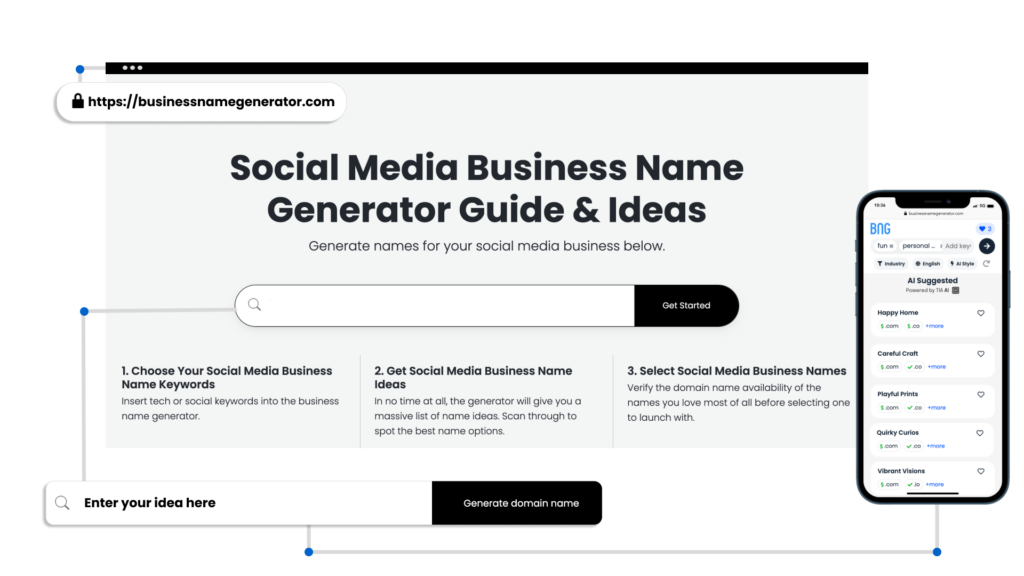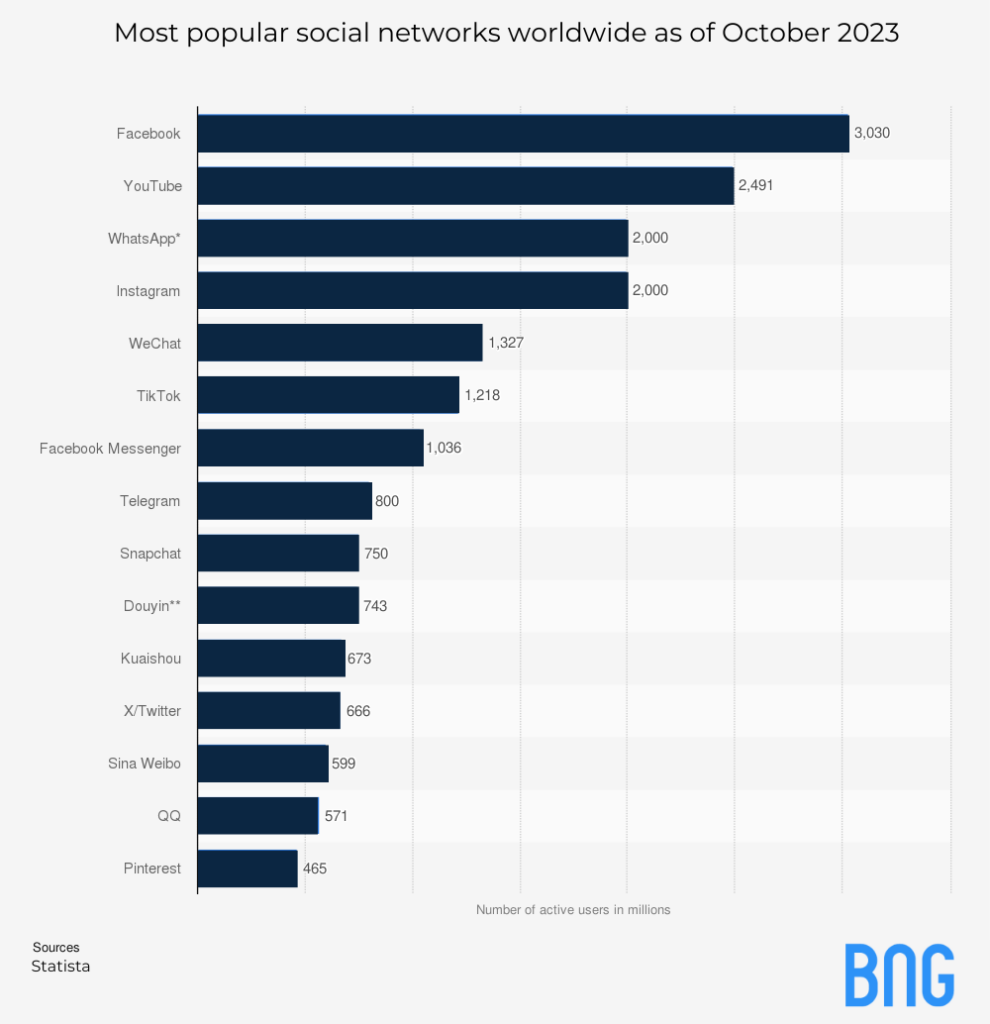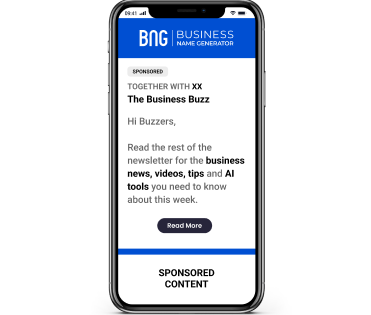Social Media Name Generator Benefits

Advanced filtering options
With the generators advanced filtering options, you’ll be able to pick the perfect social media name.
Registration and trademarking
Not only will you be able to choose the perfect name, you’ll also be able to register and trademark your choice so that no one has a chance to steal it away.
Brand identity
If you’re stuck on coming up with a logo, you can choose one from our predefined list.
Top Tips
How to Create Social Media Name Ideas
Creating a memorable online presence requires you to choose an innovative and original name for your social media profile. Whether you’re creating a new business account, a personal blog, or simply want to update your online profile, here are some ideas for unique social media names:

Count to Two
Your social media business name should be as easy as one-two-three so that anyone can remember it (despite our limited attention span in this day and age), that’s the only way it can create a word-of-mouth trend and spread like wildfire.

Avoid Special Characters
While some social media platforms allow special characters in usernames, they can make your name harder to remember and share. Stick to letters and numbers if possible.

Don’t Repeat
Avoid any similarities with popular social apps in your brand name and logo and aim for creating a new category.

Mix & Match
Unique name combinations work like a puzzle and engage their listener’s mind, hence they’re more likely to be remembered.

Know Your Market
If you think going global is the only way to make your social media network grow huge, think again. Narrow down for your target market — your audience will appreciate it.

Brand identity
If you’re stuck on coming up with a logo, you can choose one from our predefined list.
Get Inspired
Social Media Name Ideas
To start, let’s look at some name ideas we found with the help of our Social Media Business Name Generator.
- Nowcast
- Sociout
- Clickbay
- Jinx
- Hubsworth
- Fanfield
- Talkline
- ShareMe
- DigiCupid
- Biary
- Walkie
- Scoutwork
- Netspire
- WeShare
- Spectrum
- MateVidz
- RightTune
- Vivid
- Viraly
- BuzzTalk
Video Guides
Video Guides for Our Social Media Name Generator
With our video guides, you’ll know how to create the perfect social media name in no time at all.
Name Analysis Of The Biggest Social Media Platforms
We’ve analyzed some of the most popular social media platforms. Let’s check out what made their names so distinctive:
| Company Name | Description |
|---|---|
| Mark Zuckerberg launched the now known Facebook in 2004 at Harvard University, where within 24 hours 1,200 students had signed up. The name was inspired by the face book directories distributed on campus listing students and university staff. | |
| YouTube | YouTube was founded in 2005 as a platform where people could upload amateur video content and share it with others. The name simply came from the idea that “you” can become the creator and make content previously only seen on TV, aka the “tube.” |
| WhatsApp was released in 2009 as an instant messaging app allowing its users to send texts, voice messages, videos, and other media to each other, or initiate voice and video calls. The name is as simple as the app itself: it came from the words “What’s Up?” aiming at casual texts sent to friends and the word “app” that makes it possible. |
Social Media Business Market Opportunities
As of October 2023, the globally dominant social networks are led by Facebook, boasting 3,030 million monthly active users, followed by YouTube with 2,491 million, and WhatsApp, which has 2,000 million active monthly users. Other popular social networks include Instagram, WeChat, TikTok, Facebook Messenger, Telegram, and others.

Key Takeaways
Crafting the perfect social media name doesn’t have to be difficult when you have a free social media name generator at the touch of a button. This tool offers a vast array of creative and industry-specific suggestions, streamlining the naming process.
It allows you to experiment with different combinations and styles, ensuring you find a name that truly captures what your brand is all about. Now that you’re all set, it’s time to find the ideal social media business name.

Get the Business Buzz
Subscribe to our newsletter for weekly business insights, including:
- Trending business news
- Exclusive subscriber perks
- Actionable growth tips
Toolbox
Related Name Generators and Articles
Take the First Step in Creating Your Business Name
Author
Methodology
- Industry-leading business name generator:
How does our generator work? Our tool uses an OpenAI API integration to generate creative, contextually relevant business names. We keep the users in mind and regularly test, update, and release new features to support them. - We have a team of experienced writers:
Our team of specialist in-house writers are here to share their knowledge and help your business get off the ground. - We offer value-added content:
Our team of experts has the passion and decades of expertise to write support guides, news, blogs, and videos to help you tackle setting up your new business. - We fact-check our content:
Our editorial team fact-checks every piece of information and uses industry-leading insights to include relevant, up-to-date stats and recommendations.

Leave a Reply